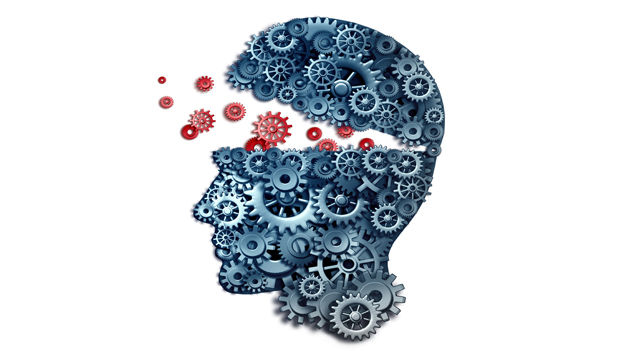Critical Thinking Learning Journey at CACTUS

If you had to make a hiring decision between Suppandi (Tinkle Comics) and Sherlock Holmes – whom would you select? Sherlock Holmes, right? But both Suppandi and Holmes have the ability to think, so why not Suppandi? Well obviously, the quality of the thinking process he utilized in making decisions almost always got him into trouble.
Holmes, on the other hand, looked at all facts of a given case, evaluated them, asked the right kind of questions, generated new ideas to solve a case and ended up being a winner. In short, Holmes was a critical thinker.
What Exactly is Critical Thinking (CT)?
Critical Thinking is the ability to think clearly and rationally in order to make appropriate decisions and solve problems logically. It fundamentally centers on probing assumptions, rationale, evidences and perspectives, perspectives, and also highlights the importance of clarity and logical consistency in thinking. In today’s globalized and competitive world, it is considered to be one of the most crucial competencies at the workplace. Leaders or decision makers at every level need to make statistically appropriate and data-driven decisions but often feel overwhelmed with the amount of data presented. However, critical evaluation often eases the process of decision making as it prompts to probe deeply and most importantly allows one to separate reliable facts from false assumptions.
Need to Develop Critical Thinking at CACTUS
CACTUS, like any other institution expects its leaders to think critically. It is one of the most crucial ‘personal attributes’ that is desired in our leaders. Moreover, it is one of the attributes that can be developed through a structured learning program. The CT learning journey at CACTUS stemmed from a requirement from the customer service team, for developing the critical thinking skills of customer servicing leads handling various markets.
Critical Thinking Learning Journey
At CACTUS, we had a basic idea of what Critical Thinking was but had no idea on how to develop it. The Training Needs Analysis conducted at CACTUS revealed that the customer servicing leads were expected to find loopholes in the processes, recommend changes, ask relevant questions to seek information and make data-driven decisions for their respective markets.
The immediate next step was to decode the objectives and create options for developing critical thinking skills. There are quite a few solutions available online for assessing these skills but the one that met our requirements was Pearson's Watson-Glaser Critical Thinking Appraisal based on Pearson's RED Model of Critical Thinking.
The RED model is based on 3 keys of critical thinking:
Recognize Assumptions
Evaluate Arguments
Draw Conclusions
This ready-made solution came with a detailed Critical Thinking Assessment Report (profile + development) and Pearson’s e-book on Critical Thinking. The e-book explained the concept in detail and the assessment report outlined what a leader was required to do in order to strengthen these skills.
The L&D team had to put their critical thinking skills into practice. It was essential that we connected the dots using all the resources and then customize it to meet the requirements of the leaders.
The Critical Thinking Learning journey at CACTUS comprised the following elements:
- Pearson’s Critical Thinking Assessment – Candidates were put through the Watson-Glaser to gauge their current level of critical thinking skills.
- Introduction to the RED Model – Workshop was conducted to introduce the candidates to the RED model. It was synchronized with role-specific examples to make it easier for the participants.
- Discussion of Critical Thinking Score – Pearson’s reports were customized at CACTUS and only the relevant portions were shared for ease of understanding. It gave the group an idea as to where they stood individually and collectively vis-à-vis their critical thinking scores.
- Case Study Discussion – 6 case study discussions were conducted using the RED model. These case studies focused on similar problems faced by leaders from the service industry and aimed at improving their ability to separate reliable facts from false assumptions, ask logical questions and draw conclusions based on relevant data.
Impact of Learning Journey
Being three months into the program, the impact of the initiative cannot be fully known presently. However, over a number of sessions, we saw that the participants thinking process evolved as they were analysing and observing data from various perspectives and also made pertinent questions.
Way Forward…
At CACTUS, Critical Thinking assessment has been made a part of the hiring process for selected positions. It is also being used as a part of the development plans for select leaders.











